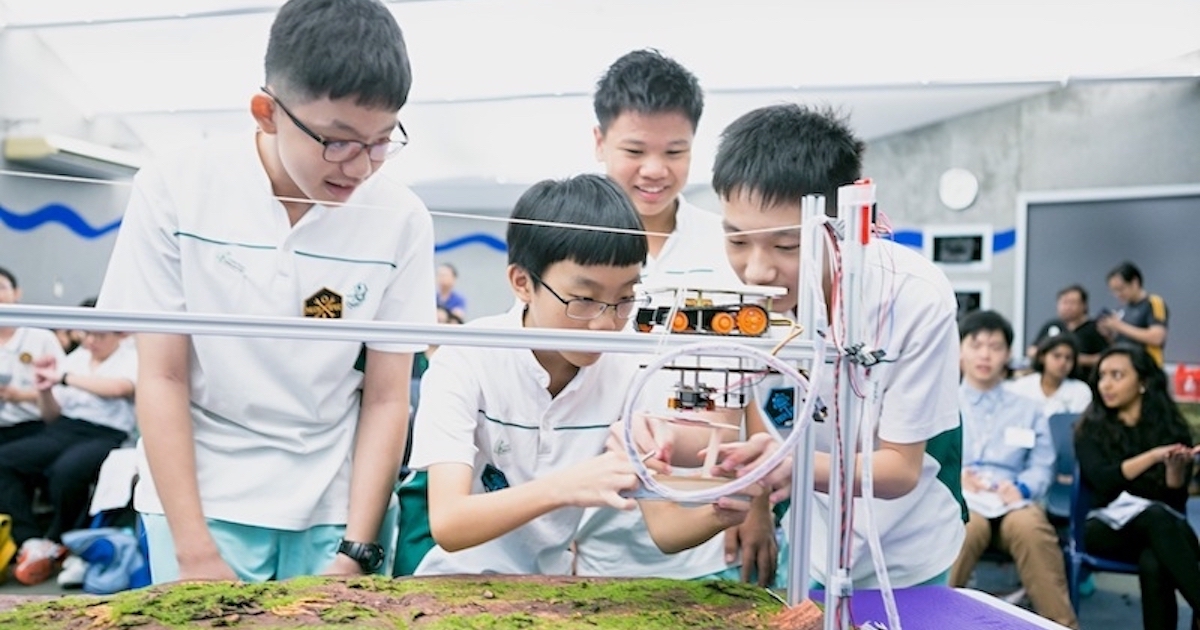From island to global education leader

Imagine a small island like Singapore, which does not have many natural resources, but managed to become an example of progress and development. How did it achieve this? The answer is simple: by investing in STEM education.
STEM is a word we use when we talk about four important areas: science, technology, engineering, and mathematics. Its like a super team that helps people understand the world around them much better and create new things to improve their lives.
Singapore realized that STEM education was the key to a better future education. For many years, they have included the teaching of these courses from the time children are young until they finish university. Thanks to this type of education, Singapore now has a population prepared to work in different areas such as research, technology, and the creation of new inventions. This has made its economy grow and it has become a leading country in innovation.
But what does STEM education look like? STEM education goes beyond theory. Singapore’s education system is characterized by its comprehensive approach to STEM, which is integrated into the curriculum from primary to higher education. A deep understanding of STEM fields is fostered, preparing students for a technological future. In addition, the country has invested in the creation of specialized STEM learning centers equipped with state-of-the-art technology and innovative educational resources. These centers provide students with hands-on, stimulating experiences, fostering their interest in STEM and developing essential problem-solving and critical thinking skills.One example is the Science Centre Singapore, an Interactive science and technology museum that offers students the opportunity to experience science in a fun and engaging way.
Another highlight of the Singaporean model is the training of STEM teachers. The government has implemented professional development programmes to ensure that teachers are equipped with the necessary skills and knowledge to teach these fields effectively.
Peru can benefit greatly from making use of this intensive approach to STEM education. The Singapore experience offers a model to follow, but it is important to adapt strategies to the Peruvian reality. Peru needs to invest in the creation of STEM learning centers equipped with state-of-the-art technology and modern educational resources. It is essential to strengthen the training of STEM teachers, providing them with the tools and skills needed to teach these fields effectively. Peru should encourage STEM innovation through research and development programs, business incubators, and competitions that inspire young people to develop innovative solutions.
In summary, Singapore’s success in STEM education demonstrates that investing in STEM education is critical to a country’s development. Peru has the opportunity to follow this model, adapting it to its reality, to prepare its citizens for a prosperous and competitive future in the global economy.